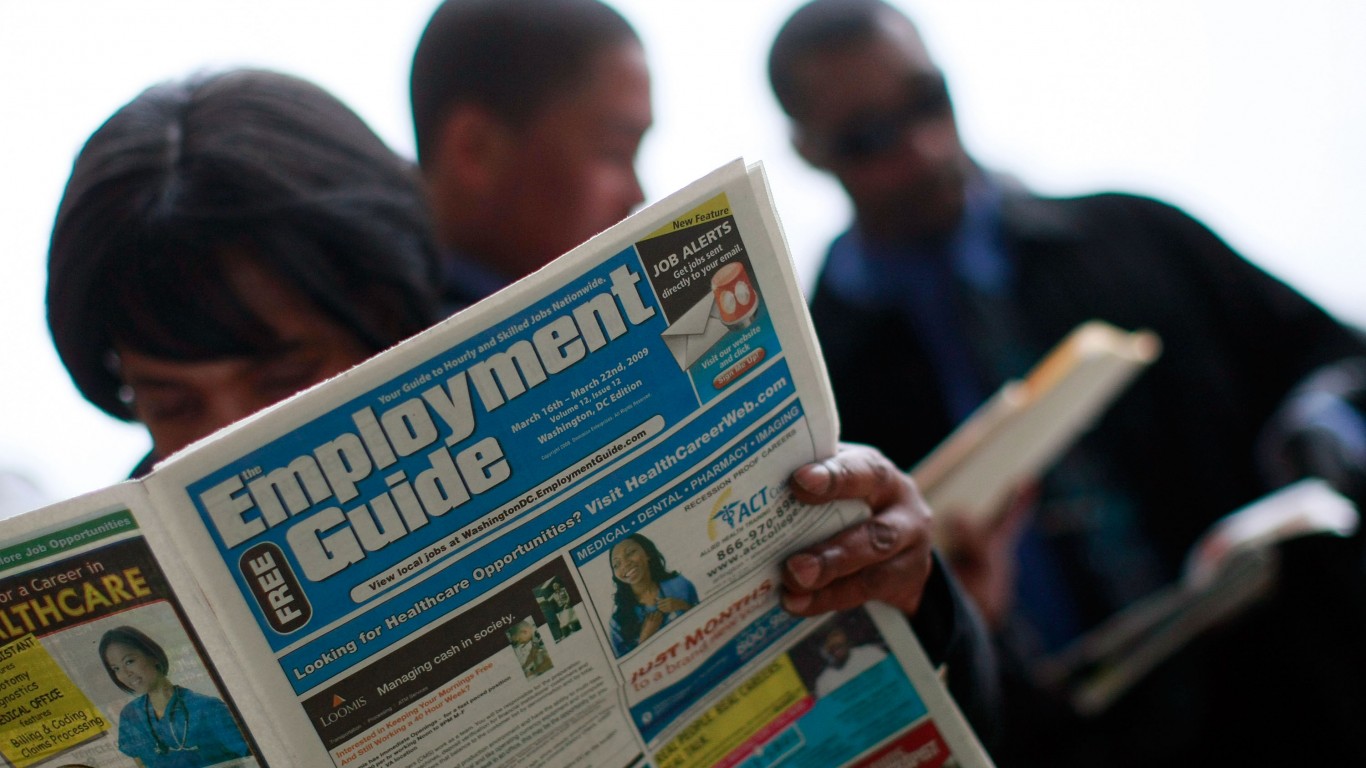 The Bureau of Labor Statistics released the Employment Situation Report for August Friday morning. The knee-jerk reaction from seeing the number might be misleading for what this actually means. The readings on employment are still increasing for the month but lower than economists may have predicted — and at a rate that will not force Janet Yellen and the FOMC to hike interest rates faster than expected.
The Bureau of Labor Statistics released the Employment Situation Report for August Friday morning. The knee-jerk reaction from seeing the number might be misleading for what this actually means. The readings on employment are still increasing for the month but lower than economists may have predicted — and at a rate that will not force Janet Yellen and the FOMC to hike interest rates faster than expected.
Nonfarm payrolls for August rose by 142,000, less than the Bloomberg estimate of 230,000. This compares with July’s reading at 209,000. The nonfarm payrolls reading has fluctuated a fair amount over the past few months, reaching as high as 298,000 in June, up from 229,000 in May. Both June and July have had revisions of a positive 15,000.
Another caveat exists here. These numbers could be revised higher to a level that does not look as bad, but that will not be known for another month until the revisions accompany the next unemployment report.
READ ALSO: 15 Biggest Employers in the World
The unemployment rate for August came in at 6.1%, which is equal to the Bloomberg estimate. June unemployment was at 6.1% and slightly grew to 6.2% in July.
Private sector payrolls came in at only 134,000, down from the estimate of 220,000 and down from the previous month 198,000. Average hourly earnings matched up perfectly against an estimate of 0.2%. This reading was flat in July. Average weekly hours remain unchanged at 34.5 hours.
Other individual sectors and data points seen in the formal report were as follows:
- The number of long-term unemployed (jobless for 27 weeks or more) declined by 192,000 to 3.0 million in August and are 31.2% of the unemployed — this is down 1.3 million from a year ago.
- The civilian labor force participation rate, at 62.8%, changed little in August and has been essentially unchanged since April. In August, the employment-population ratio was 59.0% for the third consecutive month but is up by 0.4% from a year earlier.
- The number of persons employed part-time for economic reasons was little changed in August at 7.3 million.
- Some 2.1 million persons were marginally attached to the labor force (not seasonally adjusted), down by 201,000 from a year earlier.
- Professional and Business Services added 47,000 jobs in August.
- Health care gained 34,000 jobs.
- Construction was up 20,000 jobs.
- Manufacturing remained unchanged at 28,000.
- Retail lost 8,000 jobs.
- Food and Beverage stores lost 17,000.
To show why this was not as bad, S&P futures and DJIA futures were down handily before the unemployment and payrolls data. At 8:55 a.m. S&P futures were down less than two points and the DJIA futures were down only about 20 points.
READ ALSO: America’s Fastest Growing Jobs
100 Million Americans Are Missing This Crucial Retirement Tool
The thought of burdening your family with a financial disaster is most Americans’ nightmare. However, recent studies show that over 100 million Americans still don’t have proper life insurance in the event they pass away.
Life insurance can bring peace of mind – ensuring your loved ones are safeguarded against unforeseen expenses and debts. With premiums often lower than expected and a variety of plans tailored to different life stages and health conditions, securing a policy is more accessible than ever.
A quick, no-obligation quote can provide valuable insight into what’s available and what might best suit your family’s needs. Life insurance is a simple step you can take today to help secure peace of mind for your loved ones tomorrow.
Click here to learn how to get a quote in just a few minutes.
Thank you for reading! Have some feedback for us?
Contact the 24/7 Wall St. editorial team.


